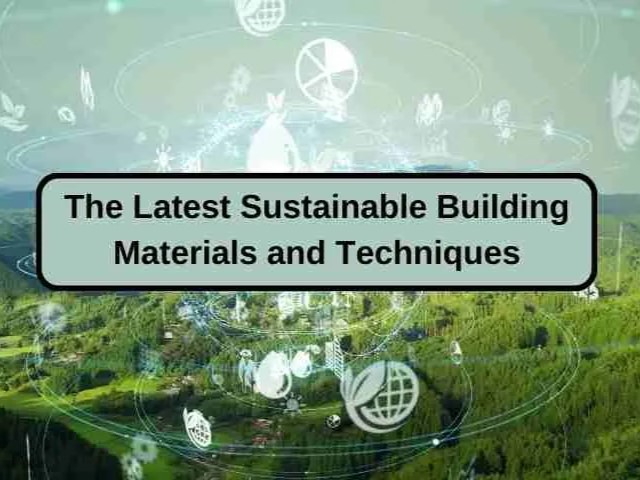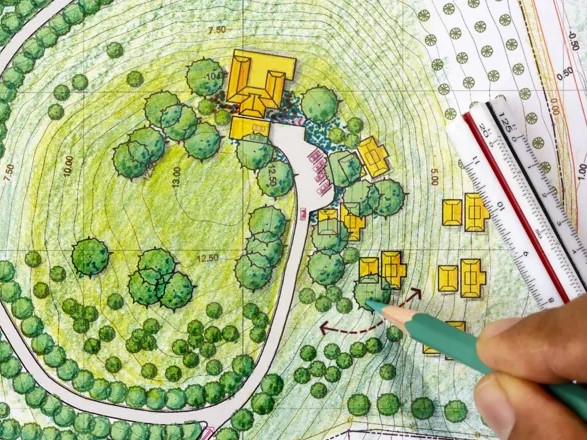Description
Sustainability is no longer optional in architecture—it’s imperative. This course offers a comprehensive exploration of sustainable building materials and environmentally responsible construction practices. Learners will begin by examining the environmental impact of conventional building materials such as concrete, steel, and plastic, and transition into a study of sustainable alternatives including bamboo, cross-laminated timber (CLT), rammed earth, straw bale, recycled aggregates, and bio-based materials. Topics include embodied energy, thermal performance, durability, carbon footprint, indoor air quality, and end-of-life recyclability. The course also provides practical guidance on green construction methods such as passive solar design, green roofing, rainwater harvesting, and energy-efficient insulation. Learners will analyze certifications like LEED, BREEAM, and WELL to understand how materials and systems are assessed for environmental performance. Through case studies of green buildings and real-world project evaluations, participants will develop the ability to choose appropriate materials based on climate, function, budget, and sustainability goals. This course is ideal for architects, engineers, designers, builders, and anyone seeking to reduce the environmental impact of the built environment.





Ajayi –
It opened my eyes to materials I hadn’t considered before—bamboo flooring, recycled concrete, and more. Now I can offer clients greener design solutions with confidence.
Usaini –
From energy efficiency to material lifecycle, this course covered it all. It’s well-structured, up-to-date, and great for professionals serious about sustainable building.
Fatimatu –
This course gave me real-world insight into eco-friendly materials and how they’re applied in modern construction. The case studies were especially helpful for my portfolio.
Serah –
I took this course to update my knowledge on sustainable practices, and it exceeded expectations. It helped me reduce waste and improve sourcing decisions on my current job site.
Chris –
What I loved most was how the course balanced environmental benefits with cost and performance. It’s the kind of training every builder and policy maker should take.